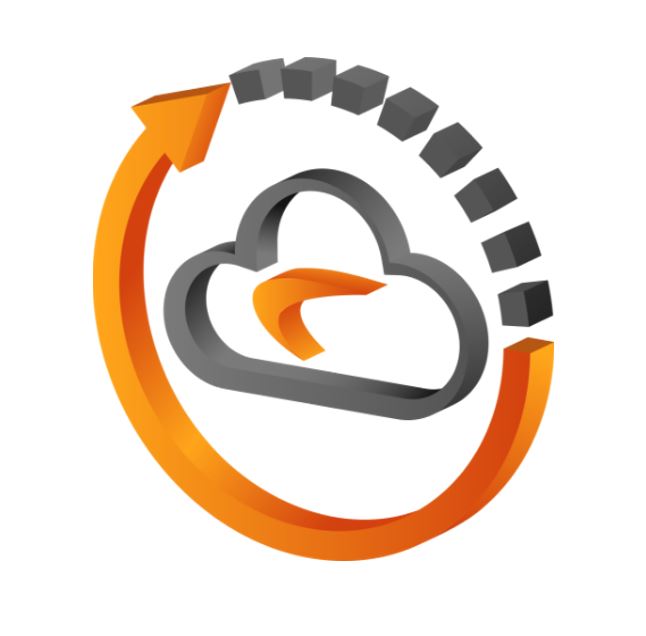SonicWall isn’t the industry’s biggest name in cloud security at present. That it’s a name at all, though, is a reflection of how hard the company has worked to reinvent itself as an all-purpose provider of hardware and software for protecting information both off and on premises.
Indeed, when CEO Bill Conner stepped into his current role four years ago SonicWall had no cloud solutions and precisely zero cloud revenue. “I’m happy to say today almost 10% of our top line revenue is cloud-based services and products,” noted Conner during a keynote presentation at the vendor’s Boundless conference, which took place online this week.
The latest addition to SonicWall’s cloud security lineup, which was officially unveiled last week, is a SASE solution named SonicWall Cloud Edge Secure Access that’s designed to provide zero-trust network access control over onsite and offsite assets. Like much of what it protects, the system itself is cloud native and cloud delivered, according to Dmitriy Ayrapetov, SonicWall’s vice president of platform architecture.
“It’s super easy to roll out because it’s just a cloud service,” he says. “There’s no need to deploy an appliance or even a VM.”
That makes the product zero touch as well as zero trust, notes Ayrapetov, and thus a timely addition to the SonicWall portfolio at a time when many IT providers are looking to minimize unnecessary visits to customer sites.
“In general, there is a transition for customers to consume cloud services, but it’s been especially accelerated by the nine months of pandemic,” he says.
The new product is designed to be easy to configure and scale as well. According to SonicWall, administrators can complete the setup process in as little as 15 minutes, and end users can install the local client application in five minutes.
The system’s subscription-based pricing, which SonicWall says is competitive with comparable offerings from other vendors, varies based on functionality, customer location, and customer size. Other, forthcoming, solutions will feature as-a-service pricing too, according to SonicWall COO Atul Dhablania during a Boundless keynote presentation yesterday.
“Zero-trust network access will be just the first of many software-as-a-service solutions that we will be launching later this year,” he said. “We will follow that up next year with solutions that address capabilities like firewall as a service and SD-WAN as a service.”
SonicWall also introduced three firewalls last week for use with its recently shipped SD-Branch solution, which seeks to help SMBs swiftly deploy multigigabit software-defined networks without onsite provisioning. The TZ270, TZ370, and TZ470 all come with the same LTE and 5G compatibility as the three compact, affordably-priced TZ units SonicWall introduced in August. They also offer the same performance boost the vendor says users get from everything in its new seventh generation of products.
“We now have a set-top device that can actually do full-level security inspection for a gigabit connection effectively,” Ayrapetov notes.
The new firewalls and SASE offering are recent examples of a process, initiated in earnest when Dell spun off SonicWall in 2016, to diversify the company’s portfolio beyond network security. Over 50 products have reached market during the last four years in areas ranging from endpoint protection and threat intelligence to Wi-Fi, application, and Internet of Things security.
“It has built us for the new business norm where everyone’s remote, everyone’s mobile, and everyone is by definition less secure,” said Conner to Boundless attendees yesterday.
Statistics cited in Conner’s presentation underscored just how much less secure end users have grown this year alone. SonicWall tracked some 44 million attacks on its customers worldwide through the first three quarters of 2020, and its Capture Advanced Threat Protection sandboxing service is neutralizing some 1,600 files a day, up 40% from 2019. Ransomware assaults in the U.S., meanwhile, rose 109% in the first six months of the year.
“There has been an absolute rash of ransomware attacks against hospitals. You’ve seen ransomware attacks against schools. You’ve seen ransomware attacks against people working remotely,” Ayrapetov says.
Protecting remote workers is a complicated job, too, given all the smart thermostats, video surveillance cameras, web-enabled doorbells, and other often poorly secured IoT devices home users own. Addressing such vulnerabilities, and hardening work-from-home environments generally, will keep solution providers and MSPs busy in the months ahead, predicts Ayrapetov. “A lot of things were set up kind of in an ad hoc fashion,” he observes.
SonicWall itself, according to Ayrapetov, was ready for the demands of work-from-home security. “We were in a fortunate position,” he says. “We’ve been doing remote access for 15 years.” As a result, he continues, changes to the company’s product roadmap this year have been tactical rather than strategic.
SonicWall’s SD-Branch solution, which reached market at a time when channel pros desperately needed zero-touch provisioning options for SMB networks, won SonicWall a place among ChannelPro‘s All-Star award winners for 2020.














